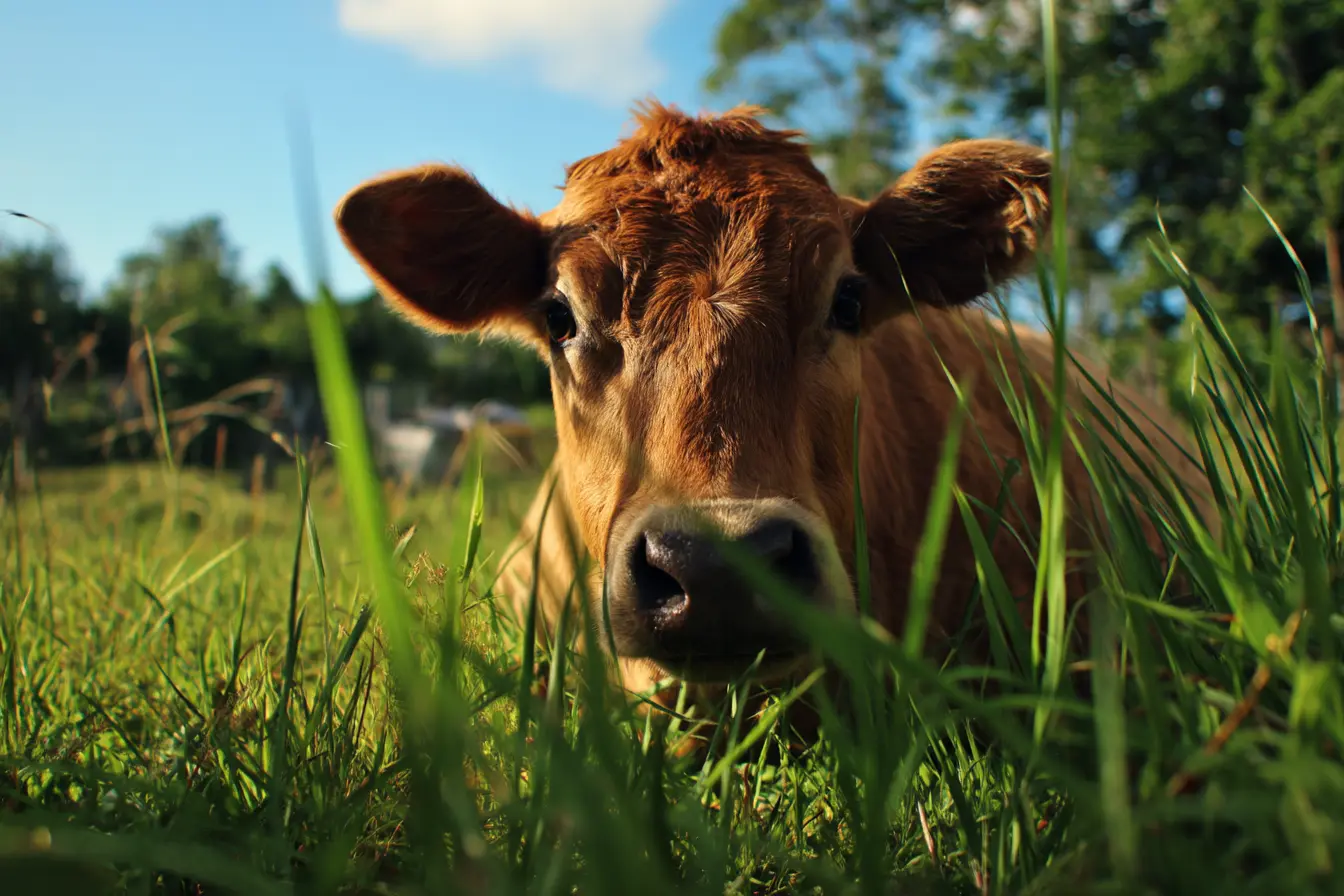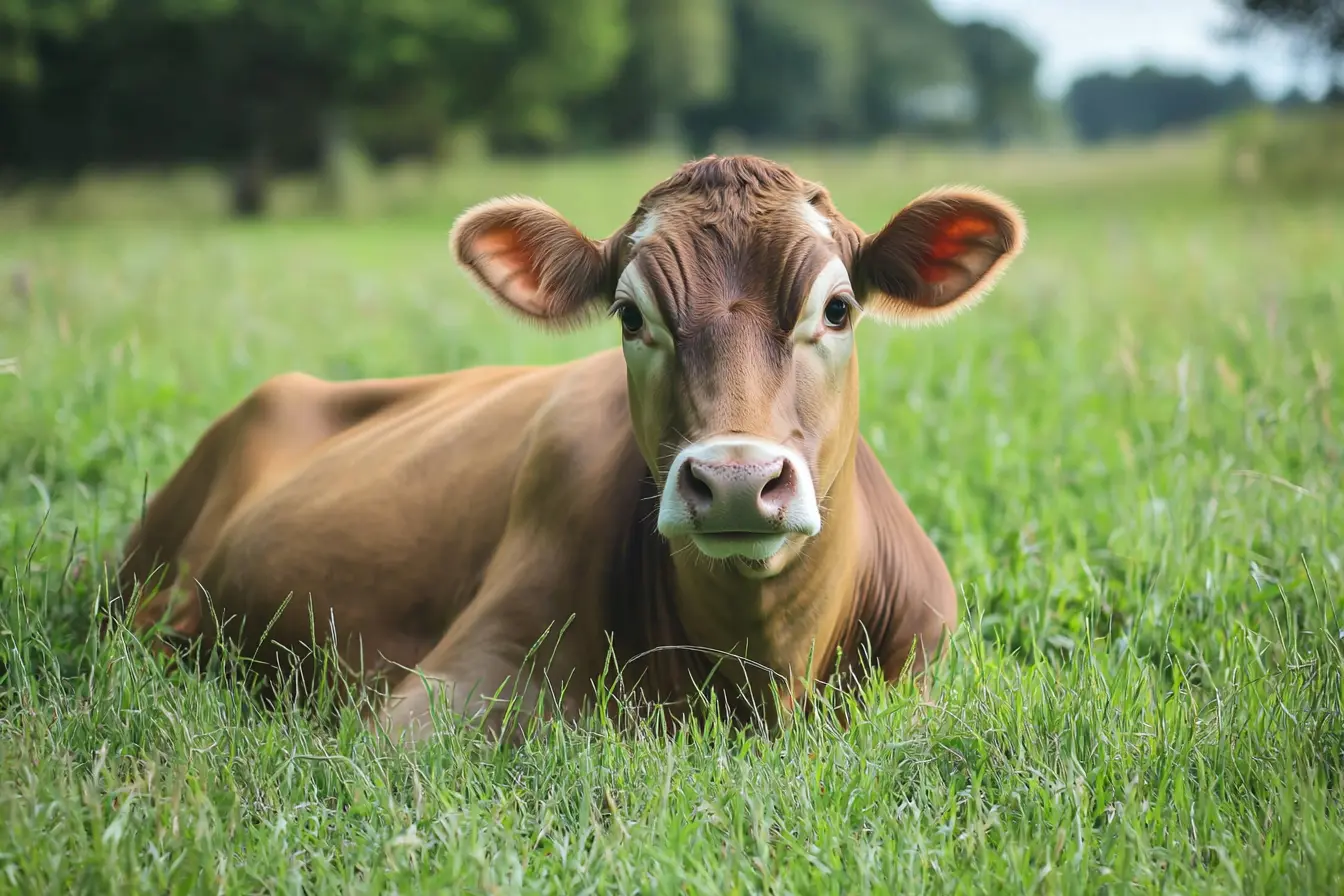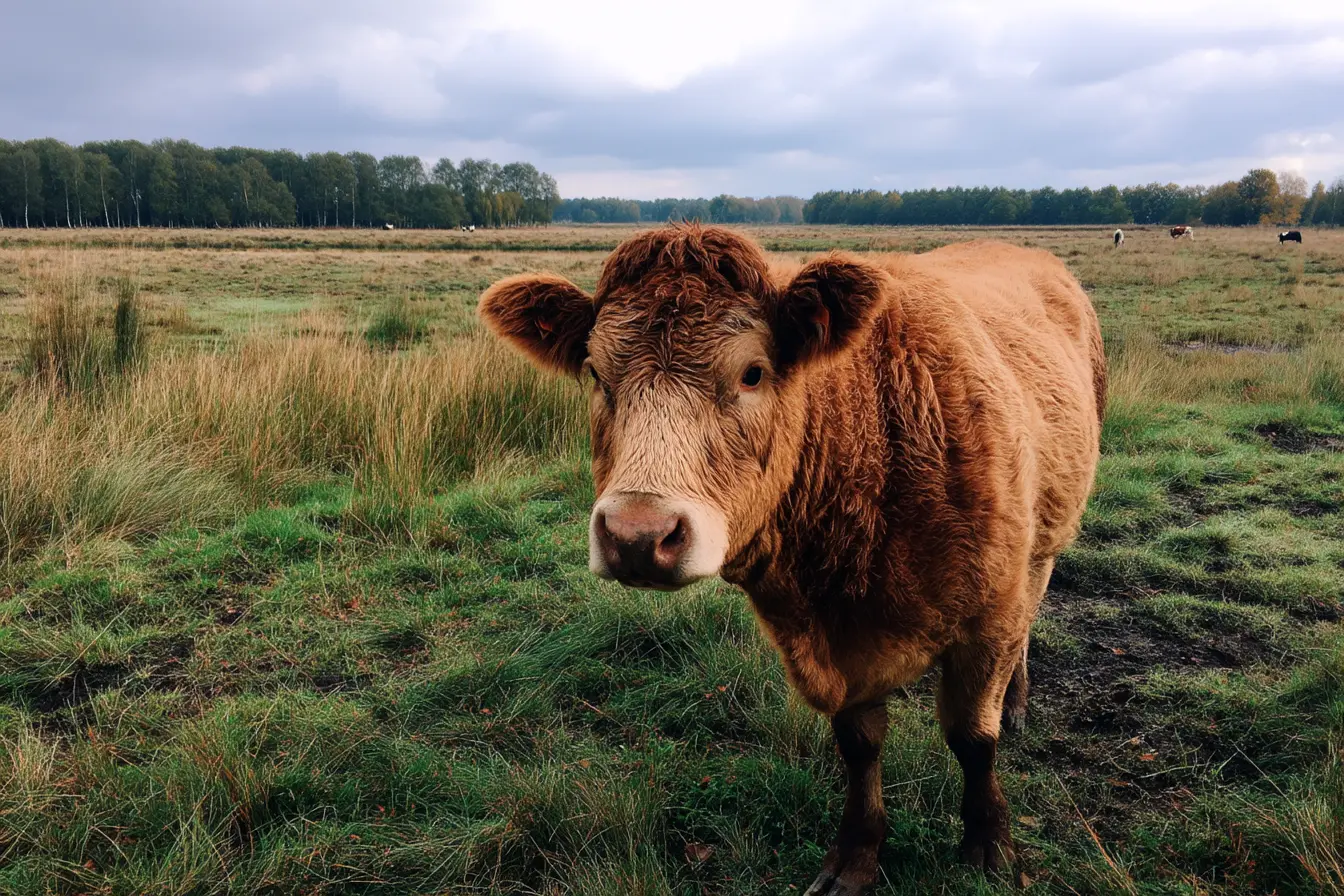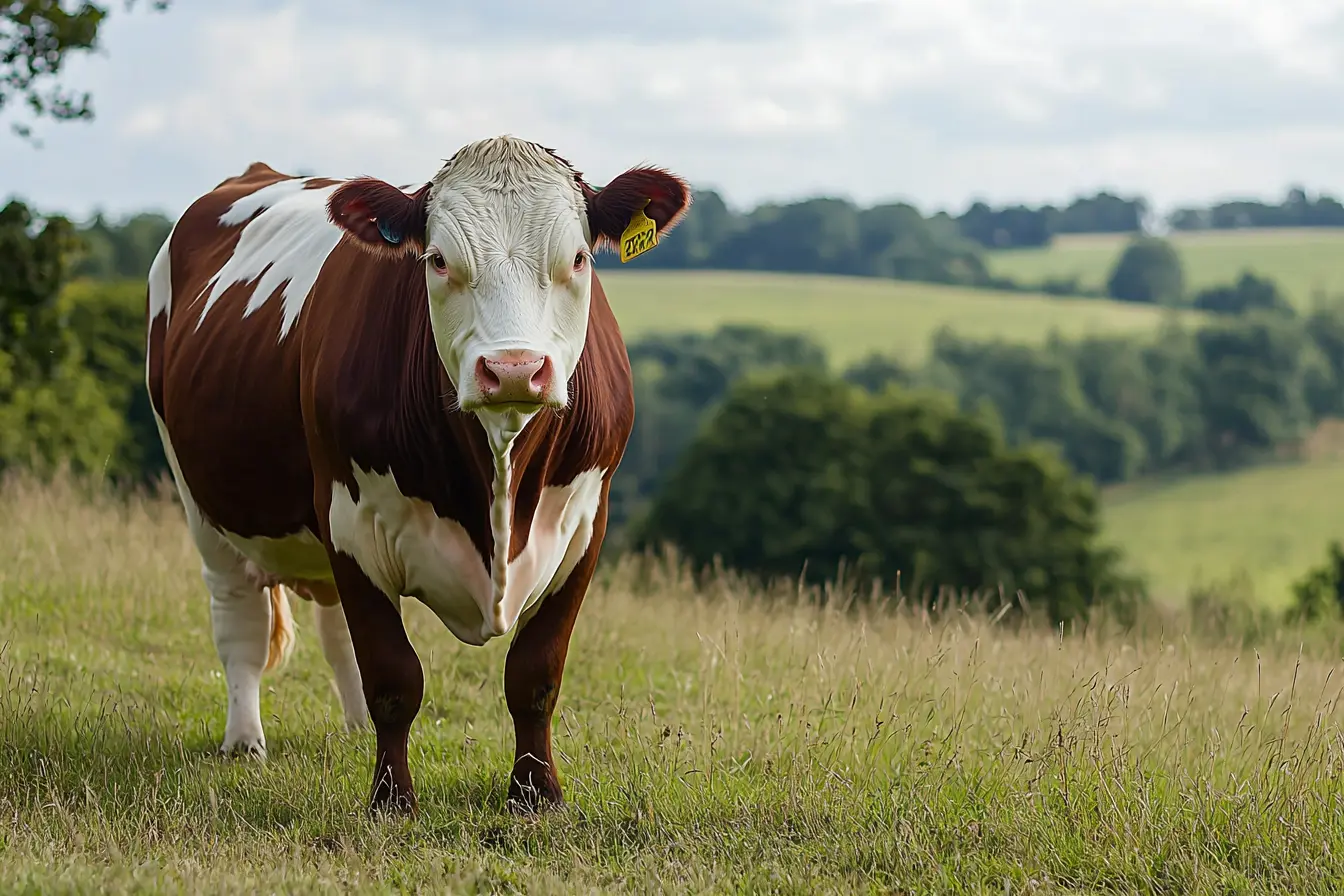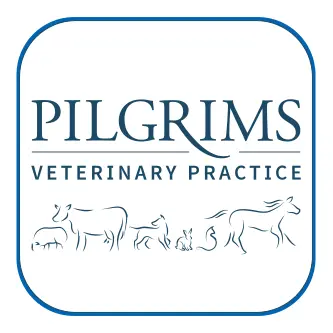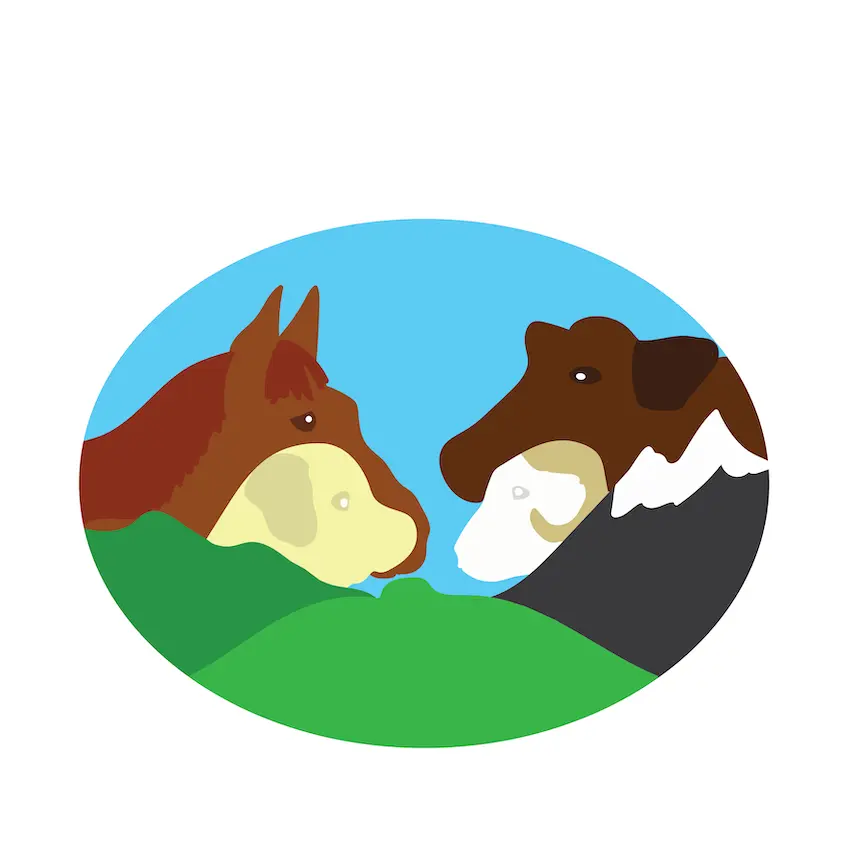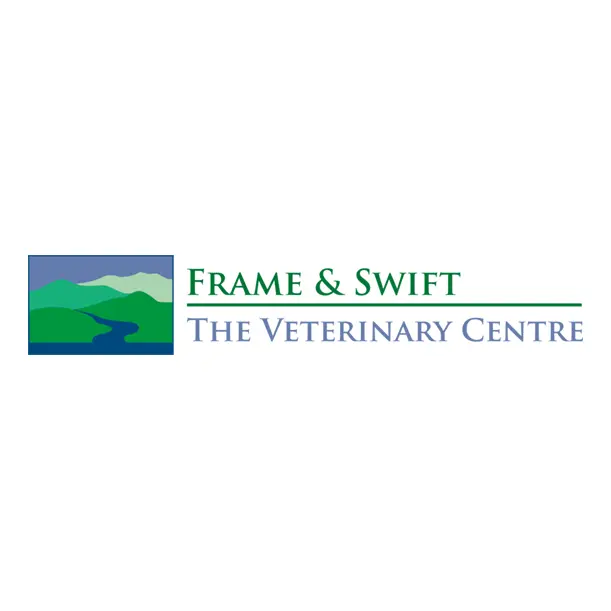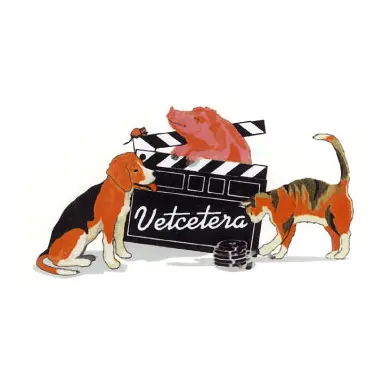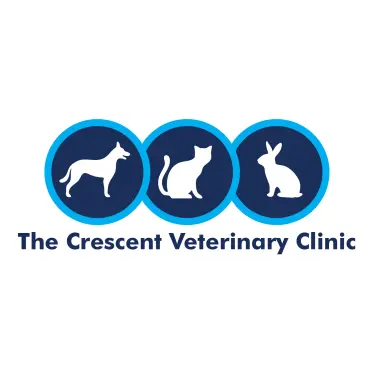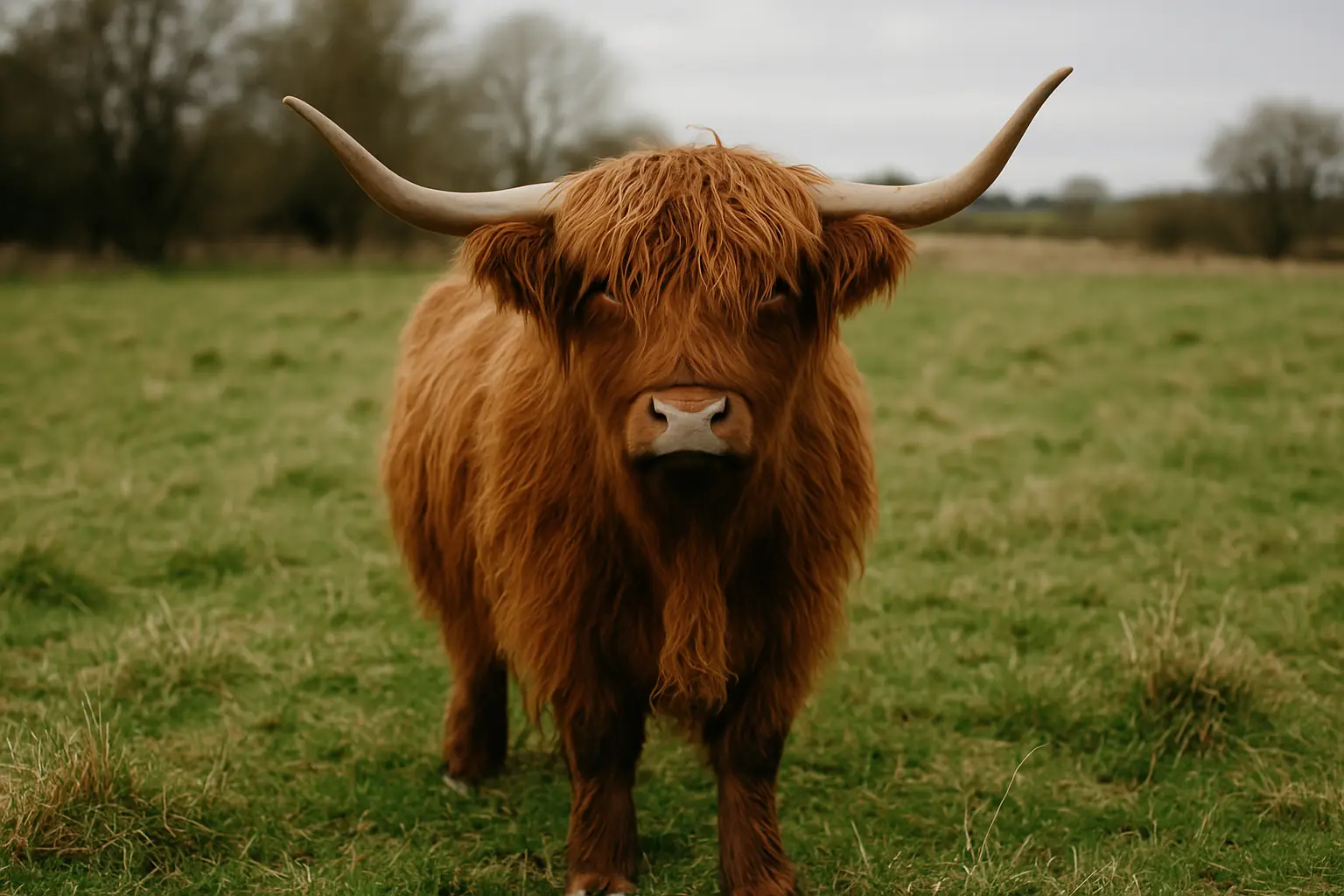
A Complete Guide to Caring for Highland Cows
Highland cows, also known as Highland cattle, are one of the most recognisable and beloved cattle breeds in the UK. With their long horns, distinctive shaggy coats, and friendly nature, Highland cows are a popular choice for smallholders, farmers, and even hobbyists. Originally from the Scottish Highlands, these hardy cattle are well-adapted to harsh climates and are known for their resilience and ability to thrive in tough conditions.
If you’re considering keeping Highland cows, this guide will provide you with everything you need to know, including housing, feeding, health care, breeding, and general care.
A Brief History of Highland Cows
Highland cows are one of the oldest cattle breeds in the world, with records dating back to the 6th century. Originating in the Scottish Highlands and Western Isles, they were traditionally kept by crofters to provide milk, meat, and hides. Their thick coats and hardy nature made them well-suited to the rugged terrain and harsh weather of Scotland.
Today, Highland cattle are kept worldwide for their high-quality beef, their ability to thrive in extensive systems, and their aesthetic appeal.
Key Characteristics of Highland Cows
Highland cows have several distinctive traits that make them stand out from other breeds.
- Coat: A thick, double-layered coat that protects them from rain, wind, and cold weather. The outer layer is long and shaggy, while the undercoat is soft and insulating.
- Horns: Both males (bulls) and females (cows) have long, curved horns that help them navigate rough terrain and defend themselves from predators.
- Size: Highland cows are smaller than many commercial breeds, with mature cows weighing around 450-600kg and bulls weighing up to 800kg.
- Temperament: Highland cows are known for their gentle, docile nature. They are generally friendly and easy to handle when socialised properly.
- Lifespan: Highland cattle are long-lived, with some cows producing calves well into their late teens or early twenties.
Housing for Highland Cows
Highland cows are incredibly hardy and can live outdoors year-round, even in harsh weather. However, they still need appropriate shelter and fencing to ensure their wellbeing.
Shelter Requirements
- Natural Shelter: In mild climates, natural shelter such as trees, hedges, and hills may be sufficient to protect Highland cattle from wind and rain.
- Man-Made Shelter: In harsher climates or for smaller herds, provide a simple field shelter or barn where the cows can retreat during extreme weather. The shelter should be well-ventilated and dry, with enough space for all animals to lie down comfortably.
Fencing
- Highland cows require secure fencing to keep them contained and safe.
- Use strong, sturdy fencing such as post-and-rail or electric fencing. Due to their horns, ensure gates and fencing are wide enough to prevent entanglement.
- Check fencing regularly for damage, as Highland cows are strong and may test weaker barriers.
Feeding Highland Cows
Highland cows are excellent grazers and can thrive on rough, poor-quality pasture that other breeds may struggle with. However, to maintain their health and productivity, they still require a well-balanced diet.
Diet
- Grass and Forage: Highland cows primarily graze on grass, which should form the bulk of their diet. They can also browse on shrubs and trees.
- Hay or Silage: During the winter months or when pasture is limited, provide good-quality hay or silage as a supplement.
- Minerals and Supplements: Provide a mineral block or loose minerals to ensure your cows get essential nutrients such as calcium, phosphorus, and magnesium.
Water
- Ensure your cows have constant access to fresh, clean water. Highland cows may drink up to 60 litres of water per day, especially during hot weather or when consuming dry forage.
Breeding Highland Cows
Highland cattle are a slow-maturing breed, which makes them well-suited to extensive, low-input farming systems. They are known for their ease of calving and strong maternal instincts.
Breeding Tips
- Age to Breed: Heifers can be bred from around 2-3 years of age. Highland cattle take longer to mature compared to other breeds, so it’s important not to rush the breeding process.
- Gestation Period: The gestation period for Highland cows is approximately 283 days (about 9.5 months).
- Calving: Highland cows are excellent mothers and generally require minimal assistance during calving. However, it’s important to monitor them closely and provide a clean, safe calving environment.
###Calf Care
- Ensure calves receive colostrum within the first few hours after birth to boost their immune system.
- Highland calves are hardy but should be monitored for any signs of illness or weakness in their early days.
Health Care for Highland Cows
Keeping your Highland cows healthy is essential for their wellbeing and productivity. Regular health checks, vaccinations, and parasite control are key components of good herd management.
Vaccinations
Work with your vet to establish a vaccination schedule. Common vaccinations include:
- Clostridial diseases (e.g., tetanus, blackleg)
- Leptospirosis
- Bovine Viral Diarrhoea (BVD)
- Infectious Bovine Rhinotracheitis (IBR)
Deworming
Highland cows are generally resistant to parasites, but regular deworming is still necessary, especially for younger animals or when grazing on heavily used pasture.
Hoof Care
- Highland cows usually have strong, healthy hooves due to their outdoor lifestyle. However, they still need regular hoof checks to prevent issues such as overgrowth or lameness.
- Trim hooves as needed, particularly if they are kept on softer ground.
Common Health Issues
- Lice and Mites: Due to their thick coats, Highland cattle can be prone to lice and mites. Regular grooming and parasite control can help manage this.
- Bloat: Ensure your cows have a consistent diet and avoid sudden changes in feed to reduce the risk of bloat.
Behaviour and Handling
Highland cows are known for their friendly and docile nature, making them a great choice for smallholders and hobby farmers.
- Calm Handling: Approach your cows calmly and avoid sudden movements to prevent stress.
- Positive Reinforcement: Use treats and gentle handling to build trust with your cows.
- Training: Highland cows can be trained to follow basic commands and routines, especially if handled from a young age.
Why Choose Highland Cows?
There are several reasons why Highland cows are a popular choice for both smallholders and commercial farmers:
- Hardy and Adaptable: They can thrive in harsh weather conditions and poor-quality pasture, making them ideal for extensive farming systems.
- High-Quality Beef: Highland beef is renowned for its flavour, tenderness, and low-fat content.
- Long Lifespan: Highland cows have a long productive lifespan, with some cows continuing to calve into their late teens.
- Friendly Temperament: Their docile nature makes them easy to handle and a great choice for beginners.
Final Thoughts
Highland cows are a hardy, low-maintenance breed that can thrive in a variety of environments. Their distinctive appearance, friendly temperament, and high-quality beef make them a rewarding choice for new owners.
By providing proper housing, a balanced diet, regular health care, and a safe environment, you can ensure your Highland cows remain healthy and productive for many years. Always work closely with your vet to establish a health management plan and enjoy the experience of raising this iconic and beautiful breed.
Related Vets
Vets near you
Speciality vets
- Aquatics vet specialists
- Birds vet specialists
- Camelids vet specialists
- Cats vet specialists
- Cattle vet specialists
- Deer vet specialists
- Dogs vet specialists
- Equines vet specialists
- Exotic vet specialists
- Goats vet specialists
- Pigs vet specialists
- Poultry vet specialists
- Sheep vet specialists
- Small Mammals vet specialists
- Wild vet specialists
